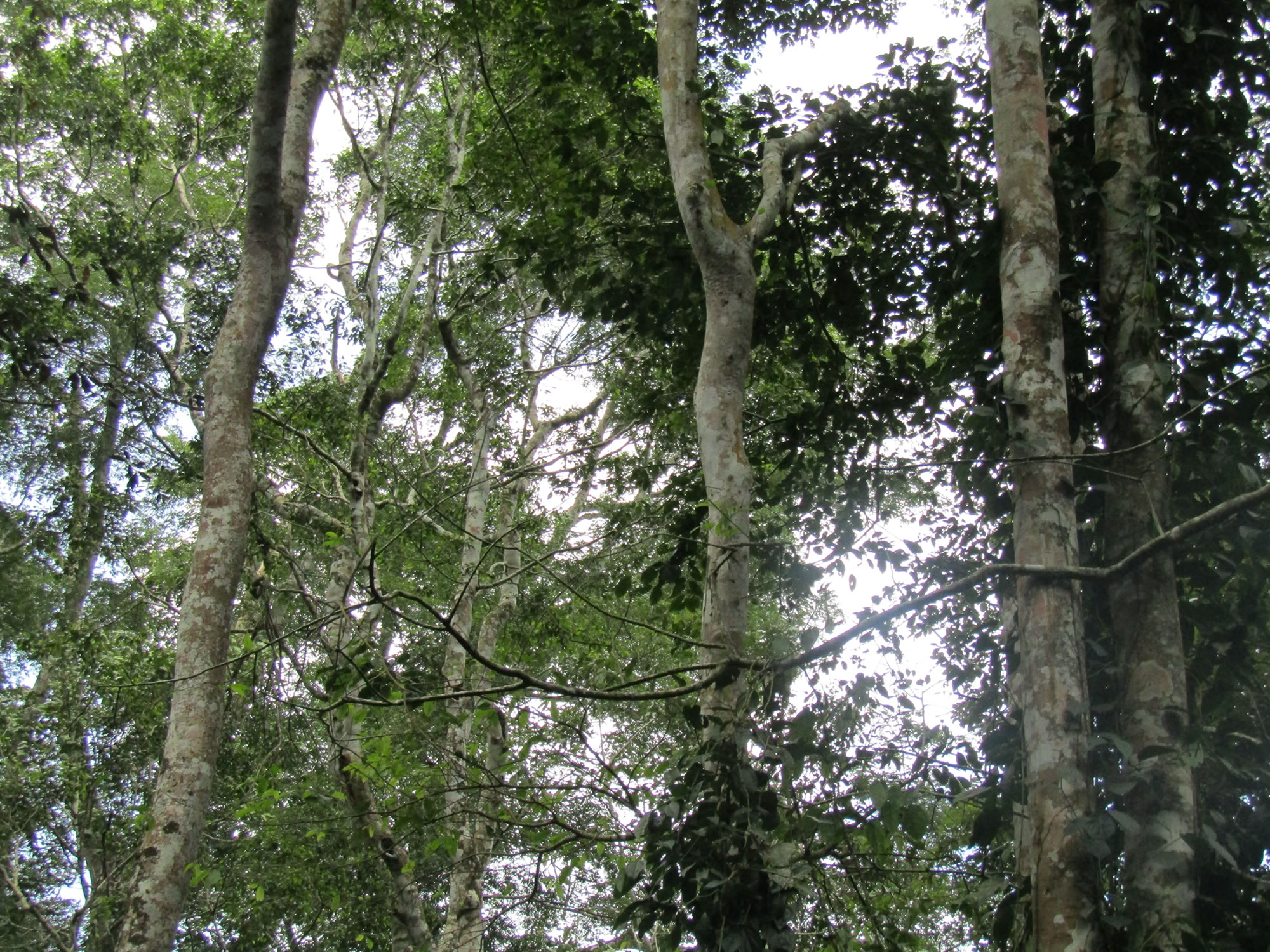 Tea Estate in the Landscape
Tea Estate in the Landscape  Part of Budongo Forest
Part of Budongo Forest
Within the scope of GLA2 programme, the programme area is defined as Albertine Graben. This area is an ecologically diverse region that extends to the Democratic Republic of Congo (DRC). However, focus will be on the Northern part of the Graben, including West Nile. The area scope was defined with challenges such as oil and gas exploitation and the associated infrastructure development, illegal trade in forest products and expansion of agro-commodities in mind. At national level, lessons from the same landscape as well as Kalangala landscape will be drawn for advocacy purposes.
The Albertine region hosts 39% of Africa’s mammal species, 35% of Africa’s insect species, 51% of Africa’s bird species, 19% of Africa’s amphibian species, 14% of Africa’s plant and reptile species. It also harbors approximately 70% of Uganda’s major protected areas, as per the 2010 Uganda Environmental Sensitivity Atlas. However, there are increasing levels of governance flaws in the region such as; award of oil and gas exploitation permits in an area of ecological importance, illegal uptake of land for the cultivation of sugar cane, illegal trade in forest produce and mismanagement of forest reserves among others. Also oil and gas exploitation and the associated infrastructure development, increasing levels of illegal trade in forest products, and expansion of agro-commodities in the region despite its ecological, tourism and trans-boundary importance.
The goal of the programme in Uganda is “Uganda’s forest landscapes are sustainably and inclusively governed to address climate change impacts, safeguard livelihoods and human rights”. The programme “Forests for Just Future” under the Green Livelihood Alliance 2 (GLA2) developed under the Policy Framework Strengthening Civil Society (Power of Voices) in the Ministry of Foreign Affairs of the Dutch Government (Netherlands). The following objectives will guide activities that will be carried out in order to achieve the main goal of the programme.
This will be done through initiating the formation of IPLC institutional structures, supporting them to develop memorandum and articles of association and supporting them to go through registration processes as community-based organizations. The empowerment will be enhanced through building capacity to manage forest compartments. Where need be, initiation of a process leading to signing a memorandum of understanding between government entities and the IPLC structures intending to manage a compartment of a forest against external drivers jointly with government entities such as National Forest Authority (NFA) will be done. Outside collaborative forest management (CFM), facilitating a process for communities to be able to register their forest as required by law will also be done.
b) Undertake capacity building (demonstration) of IPLCs in Forest-based Enterprises (FBEs).This entails joint planning with the IPLCs to identify FBEs of interest and develop a work plan, with costs. The investments in FBEs will be a good way of providing alternatives for unsustainable practices such as agro-commodities expansion, illegal logging, and charcoal trade. The costs of implementation may be managed within IPLC own sources or through building partnerships and investing in training and tools, sourcing the right experts to undertake training on the enterprises as well as enterprise development, value addition and management (including training on obtaining/managing own finances). Gender related concerns will be balanced. Building partnerships answers the sustainability question. Partnerships with District Local Governments (DLGs) will help align program activities with government priorities whilst leveraging funding from government.
2. Government of Uganda and the private sector in (extractives, agro-commodities and energy) no longer drive deforestation and degradation; protect forests and human rights and implements the Nationally Determined Contributions (NDCs) Work Plan to address climate changea) Research and package information and evidence for engagement. All engagements along this pathway will be backed by research and packaging such research to inform how to engage the IPLCs, governments and private sector and to provide for evidence-based advocacy against oil and gas exploitation and agro-commodities expansion that threaten the quality and quantity of forested landscapes as well as inform the civic space engagements at all levels.
3.Citizens enjoy human and women rights and safely participates in social move,ents (Civic Space )a) Build partnerships. Effective delivery of program activities through this pathway will require building partnerships and alliances. Partnerships with civil society networks such as the Civil Society Coalition on Oil and Gas (CSCO), the Environment and Natural Resources (ENR) Civil Society Organization, the Renewable Energy Civil Society Organization, the Uganda Forestry Working Group, the Uganda–Democratic Republic of Congo coalition on clean energy among others will be key in supporting lobby and advocacy initiatives including at (Inter) national levels.
At the end of this project, it is expected that Uganda’s forest landscape will be sustainably and inclusively governed to address climate change impacts, safeguard livelihoods and human rights.